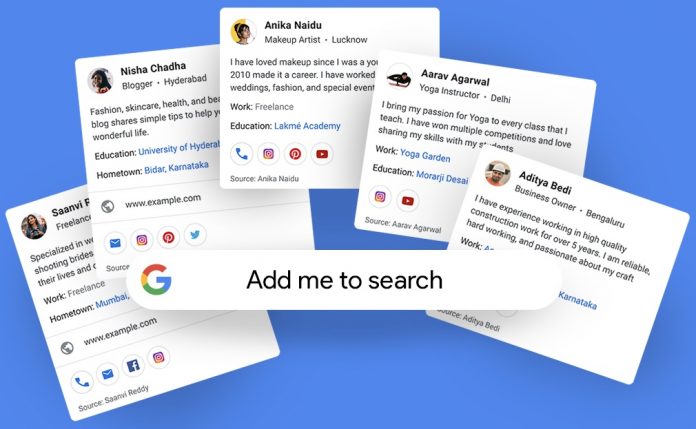There is that contentment to feel in being able to make a Google search about oneself, or (let’s say you Google yourself) and then receiving an actual profile description off a website that is not an index from social media pages. Most of these profile descriptions come from Wikipedia, a platform that describes itself as a free encyclopedia, created and edited by volunteers around the world…” with profiles mostly of celebrities.
However, for some of us, the Wanainchi or the common people are not described because no one has the incentive to create the profile or they just do not know how to create that profiled description on Wikipedia. Google will try as much as possible to produce traces of your name, or its similarities, even revealing your social media pages as a result.
Google is making “googl-ing yourself” simpler. The company has today rolled out a new feature called “People Cards”, a feature that will allow Gmail account holders to create descriptions of themselves to appear in google searches. Google calls it a “a virtual visiting card”. This revelation was made by the company on its blog for Google India.
The feature is however, only available in India for now.
All a user in that country to access the feature (and globally when the global rollout is made) is to have their Gmail accounts logged in, and then they google themselves, and then Google will prompt them to “add me to Search”, or “Get started” and once clicked, the user will be given a form to input details about oneself, the picture to use will be gotten from the account profile picture, links to websites, social media pages, and other optional personal details. You can also google “add me to search”, and then you click on get started to complete the process.
Google also hopes that the feature will be helpful “for the millions of influencers, entrepreneurs, prospective employees, self-employed individuals, freelancers, or anyone else out there who wants to be discovered” reads part of the statement from the blog.
The feature is available in India, starting today.









